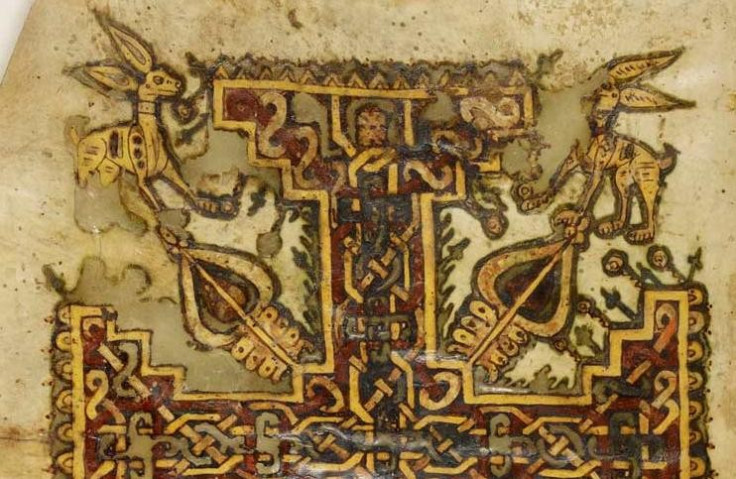Biblical Texts Claim Jesus Could 'Change Shape'

Newly deciphered texts written centuries ago in Egypt say Jesus Christ was a shape shifter who turned into a bird of prey after being crucified.
The new claims come from 1,200-year-old manuscripts held at the Morgan Library and Museum in New York City, in the United States.
The freshly decoded texts contain the claim that Jesus was betrayed with a kiss by Judas Iscariot because a physical description of him would have been useless due to Jesus' shape shifting powers. By planting a kiss, Judas showed Roman soldiers precisely who to arrest, the script says.
The texts, which are written in the Coptic language, claim that, on the eve of Jesus's crucifixion he dines with Pontius Pilate, who offered to sacrifice one of his sons on the cross in Jesus's place.
The stories would be seen as heretical for the radical deviation from the Scriptual cannon.
The account of Jesus and Pontius Pilate dining together reads: "Without further ado, Pilate prepared a table and he ate with Jesus on the fifth day of the week. And Jesus blessed Pilate and his whole house."
Pilate later tells Jesus, "well then, behold, the night has come, rise and withdraw, and when the morning comes and they accuse me because of you, I shall give them the only son I have so that they can kill him in your place."
According to the text, Jesus replies: "Oh Pilate, you have been deemed worthy of a great grace because you have shown a good disposition to me."
Jesus also shows Pilate that he can escape if he wants: "Pilate, then, looked at Jesus and, behold, he became incorporeal: He did not see him for a long time ..."
The text then claims Pilate and his wife had visions of an eagle being killed - a metaphor for Jesus.
The account of Jesus' arrest in the Garden of Gethsemane in the Morgan manuscript again claims that Jesus could change shape.

It reads: "Then the Jews said to Judas: How shall we arrest him [Jesus], for he does not have a single shape but his appearance changes. Sometimes he is ruddy, sometimes he is white, sometimes he is red, sometimes he is wheat coloured, sometimes he is pallid like ascetics, sometimes he is a youth, sometimes an old man ..."
But are these never-before-seen claims actually revelations which will give new Pope Francis I a headache as he tries to square them with traditional scripture? The man who deciphered the old texts thinks not.
Roelof van den Broek, of Utrecht University in Holland, told Live Science magazine that the manuscripts should be viewed in historical context.
Although the author claims to be St Cyril of Jerusalem, van de Broek said the author was probably using the saint's name to give the story more credibility, adding:
"In Egypt, the Bible had already become canonised in the fourth or fifth century, but apocryphal stories and books remained popular among the Egyptian Christians, especially among monks.
"I find it difficult to believe the author really did believe everything he was writing down, but some details, for instance the meal with Jesus, he may have believed to have really happened.
"The people of that time, even if they were well-educated, did not have a critical historical attitude. Miracles were quite possible, and why should an old story not be true?"
The manuscripts came from a monastery in Egypt which was dissolved in the tenth century. They were purchased in 1911 by the financier J P Morgan and then gifted to the Morgan Library.
© Copyright IBTimes 2025. All rights reserved.






















